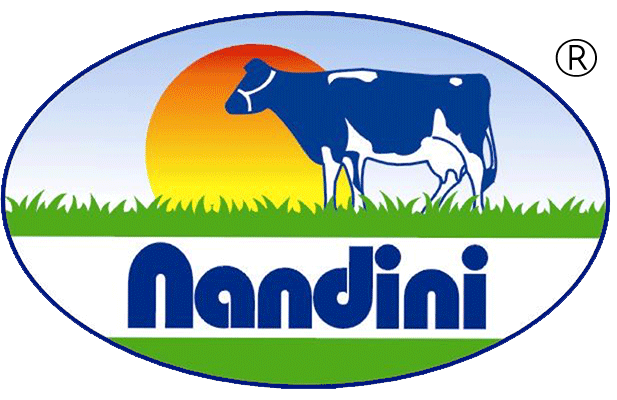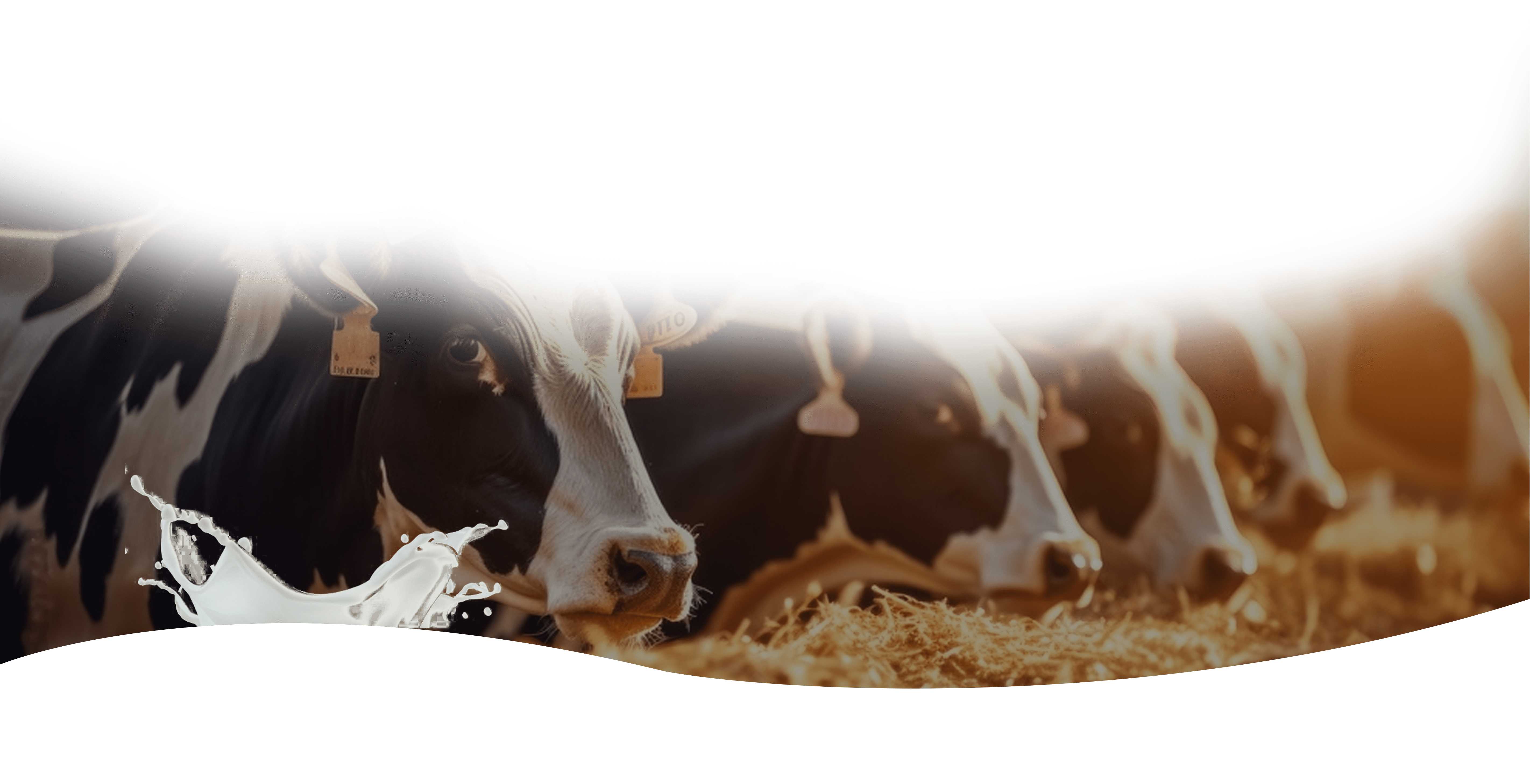

ಲಕ್ಷಾಂತರ ಗ್ರಾಹಕರ ಮೆಚ್ಚಿಗೆಯ ಬ್ರಾಂಡ್

ಹಾಲು ಪೌಷ್ಟಿಕಾಂಶ-ಭರಿತ ಪಾನೀಯವಾಗಿದ್ದು, ಮಾನವನ ಮೂಳೆಗಳ ಆರೋಗ್ಯಕ್ಕೆ ಅಗತ್ಯವಾದ ಹೆಚ್ಚಿನ ಕ್ಯಾಲ್ಸಿಯಂ ಅನ್ನು ಒದಗಿಸುತ್ತಿದೆ. ಇದು ಪ್ರೋಟೀನ್, ಜೀವಸತ್ವಗಳು ಮತ್ತು ಖನಿಜಗಳ ಮೂಲವಾಗಿದ್ದು, ಒಟ್ಟಾರೆ ಮನುಷ್ಯನ ಸರ್ವಾಂಗಿಣ ಬೆಳವಣಿಗೆಗೆ ತುಂಬಾ ಅಗತ್ಯವಾಗಿದೆ. ಹಾಲಿನ ವಿಧಗಳಲ್ಲಿ ಹಸುವಿನ ಹಾಲು ತುಂಬಾ ಹೆಸರುವಾಸಿಯಾಗಿದ್ದು, ವ್ಯಾಪಕವಾಗಿ ಮಾರುಕಟ್ಟೆಯಲ್ಲಿ ಲಭ್ಯವಿದೆ. ಇದಲ್ಲದೇ, ಲ್ಯಾಕ್ಟೋಸ್ ಅಂಶಗಳ ಅಲರ್ಜಿ ಹೊಂದಿದವರಿಗೆ ಹಾಗೂ ಬಾದಾಮಿ ಅಥವಾ ಸೋಯಾ ಹಾಲಿನಂತಹ ಪರ್ಯಾಯ ಸುಹಾಸಿತ ಹಾಲುಗಳು ಲಭ್ಯವಿರುತ್ತದೆ. ಹಾಲಿನಿಂದ ವಿವಿಧ ತೆರನಾದ ಭಕ್ಷಗಳನ್ನು ಮತ್ತು ಸಿಹಿಪಾಕವನ್ನು ತಯಾರಿಸಲಾಗುತ್ತದೆ, ಕೆನೆ ಸಿಹಿತಿಂಡಿಗಳಿಂದ ಖಾರದ ಭಕ್ಷ್ಯಗಳ ತಯಾರಿಕೆಯಲ್ಲಿ ಹಾಲನ್ನು ಪ್ರಮುಖವಾಗಿ ಉಪಯೋಗಿತ್ತಿದ್ದು, ವಿವಿಧ ಜಾಗತಿಕ ಪಾಕಪದ್ಧತಿಗಳಲ್ಲಿ ಹಾಲು ಸಾಂಸ್ಕೃತಿಕ ಮತ್ತು ಪೌಷ್ಟಿಕಾಂಶದ ಮಹತ್ವವನ್ನು ಒತ್ತಿ ಹೇಳುತ್ತಿದೆ


©
All rights reserved to KMF-MIS (CENTRAL OFFICE).
Created with passion by Velozity Global